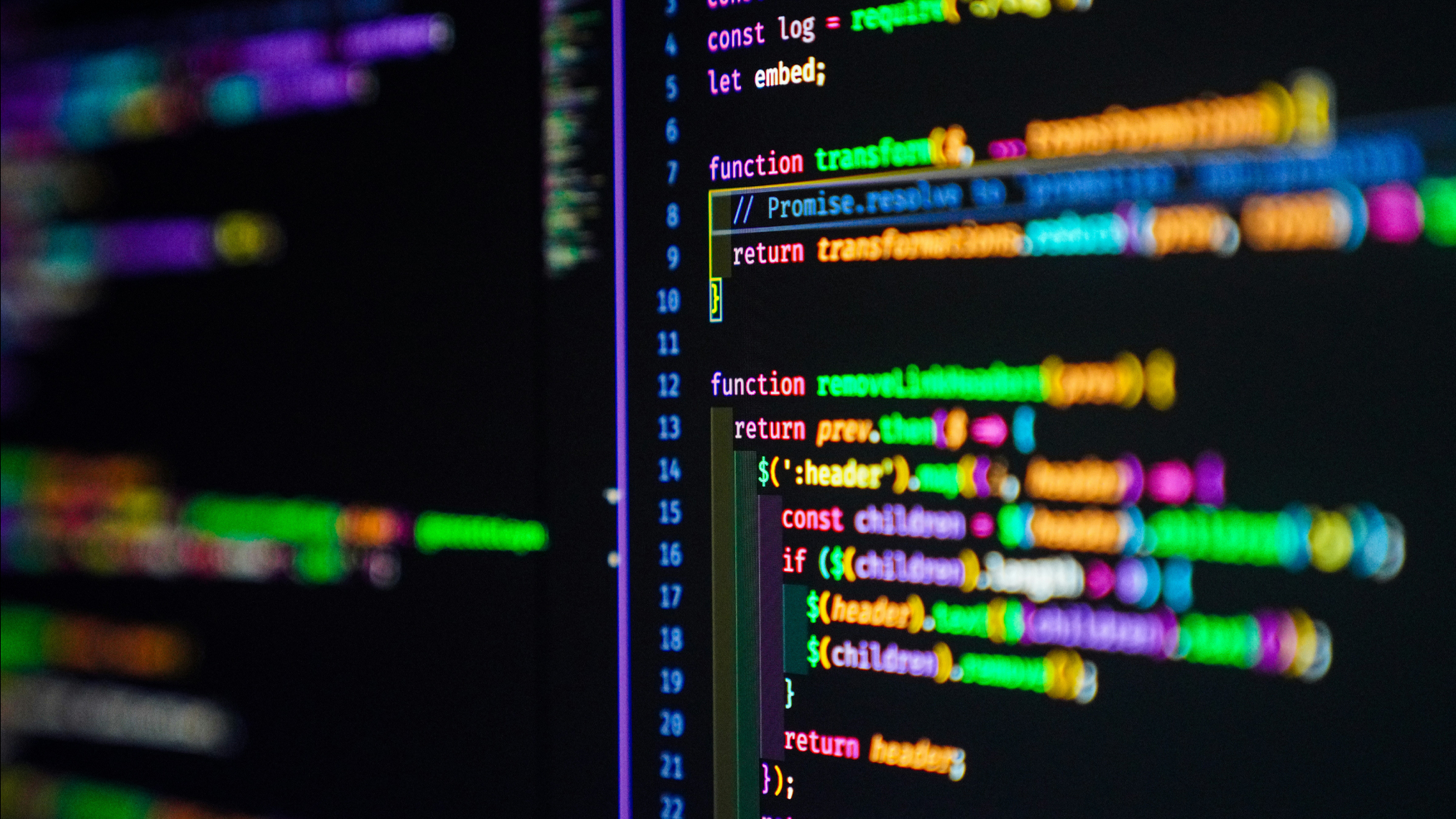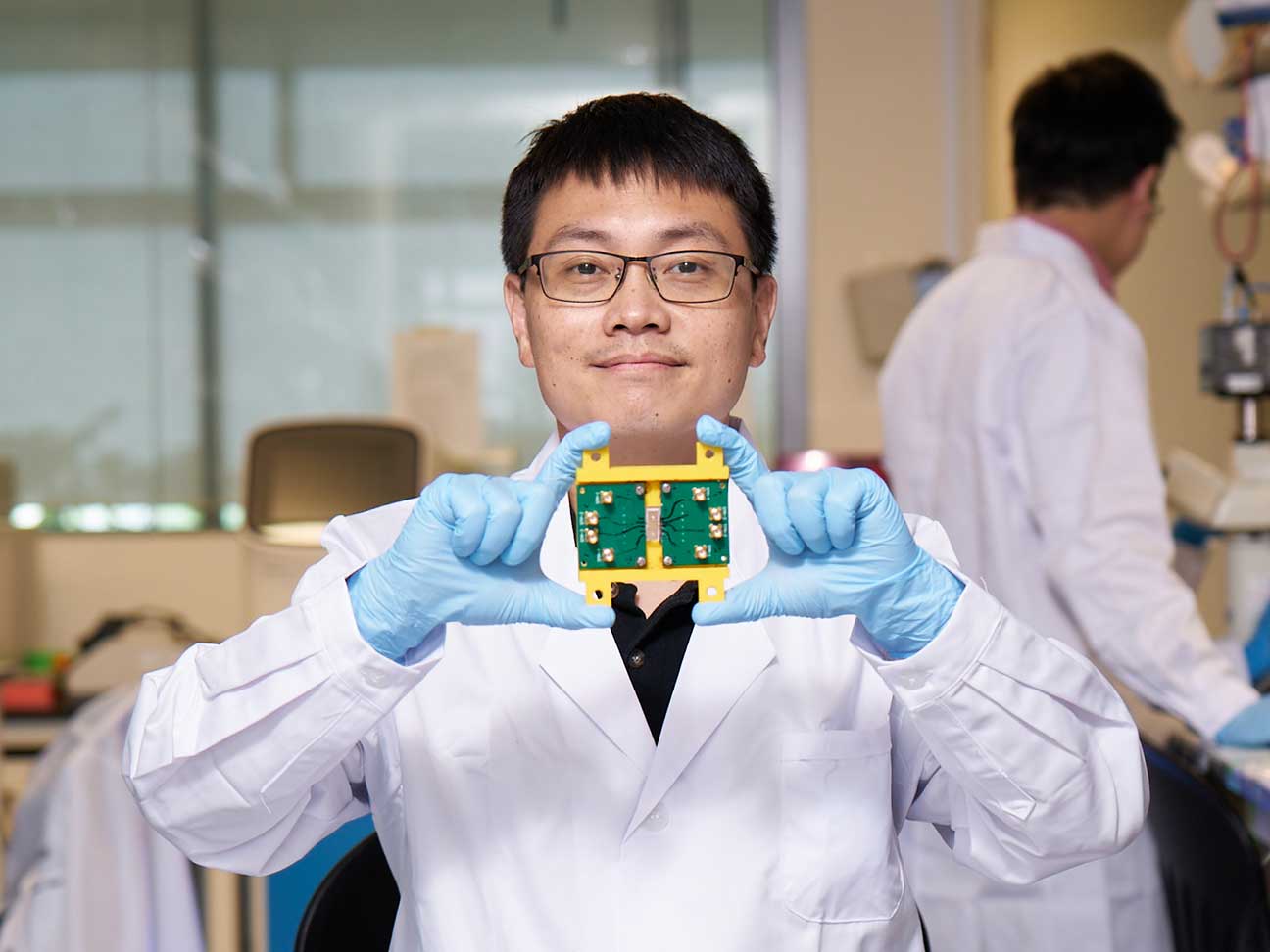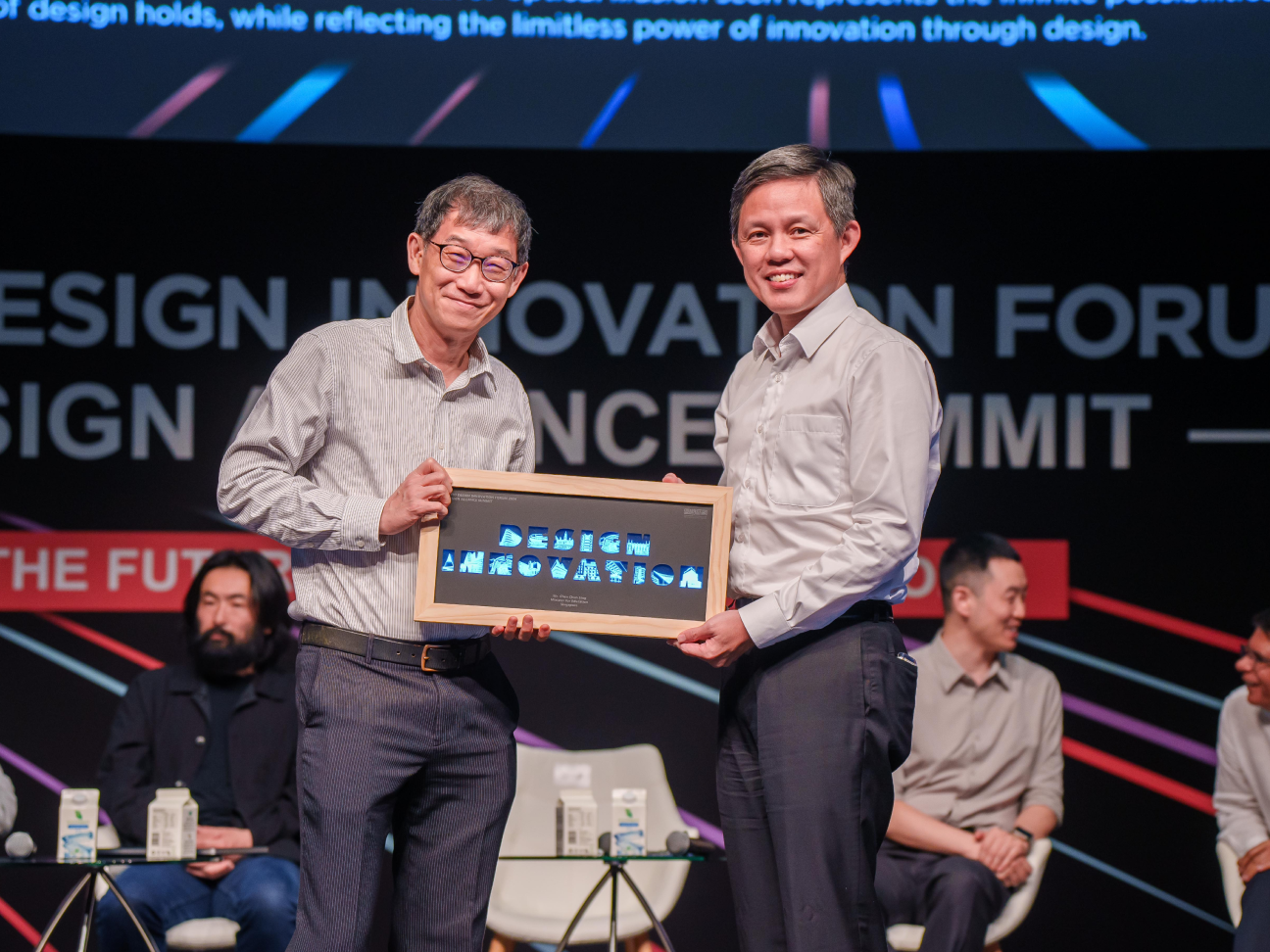Events

Design, AI, Tech & Innovation
EPD Distinguished Lecture Series & Innovation Forum in partnership with The James Dyson Foundation – Join us to explore how the cutting-edge advancements in technology, design and AI are shaping our future. The forum will feature a keynote by Dyson followed by a panel discussion with industry experts from AMD and ST Engineering.


Software-hardware co-design for energy-efficient neural network accelerators
ISTD PhD Oral Defence Seminar by Tomomasa Yamasaki – This dissertation proposes an integrated research framework that spans algorithm-level network evaluation, hardware-aware optimisation, and cycle-accurate performance simulation.


Explaining graph-based misinformation detection models
ISTD PhD Oral Defence Seminar by Chin Wai Kit Daniel – Social media and social networking platforms have greatly connected people worldwide and democratised information creation and propagation by facilitating seamless and almost instantaneous information sharing between people and communities.


Supporting automated vehicles from a distance: the human factor
ESD Research Seminar by Andreas Schrank – This talk will present Andreas’ approach of designing and evaluating human-machine interfaces for the remote operation of highly automated vehicles from a Human Factors perspective.


Detecting concurrent bugs in Go via capture and replay
ISTD Seminar by Martin Sulzmann – Prof Martin will survey the state of the art in the area of controlled concurrency (CCT) testing for Go to explore schedules that reveal panic and blocking bugs, and discuss several new novel aspects such as the ability to perform controlled replay of programs to guarantee that new schedules are actually explored in this seminar.


Leveraging out of distribution testing to build robust machine learning systems
ISTD PhD Oral Defence Seminar by Sai Sathiesh Rajan – This dissertation serves to remind us of the importance of thoroughly testing machine learning models before deploying them as they can cause societal, economical and reputational damage.


Beyond scale: efficient pre-training and controllable post-training for language models
ISTD PhD Oral Defence Seminar by Zeng Guangtao – Language models are foundational to modern artificial intelligence, but their development is often constrained by challenges in efficiency, controllability, and reasoning. In this thesis, we aim to address these limitations by introducing advanced paradigms at both the pre-training and post-training stages.


The poet as experiencer – poetic consciousness and nonhuman intelligence
HASS Talk by Adam Staley Groves – Presenting his recent monograph, The Poet as Experiencer: Wallace Stevens and Nonhuman Intelligence (Punctum Books, 2025) which proposes modernist poet Wallace Stevens as a perceiver of nonhuman intelligence (NHI).


Context-aware perception in adverse conditions
ISTD PhD Oral Defence Seminar by Tan Yu Xiang – Adverse conditions such as rain or murky water environment, significantly impacts various perception tasks. In rain conditions, the images captured are easily corrupted by both raindrops on the lenses and lens flare. Meanwhile in turbid underwater conditions, the murkiness reduces the contrast and saturation of the image. To tackle these problems, we utilise contextual information to improve robustness of perception algorithms.


Beyond optimal methods for minimax optimisation
ESD Seminar by Chengchang Liu – This talk will introduce several novel methods that achieve even faster convergence rates or better computational complexities compared to various optimal methods by effectively incorporating curvature information and leveraging the min-max structure.





